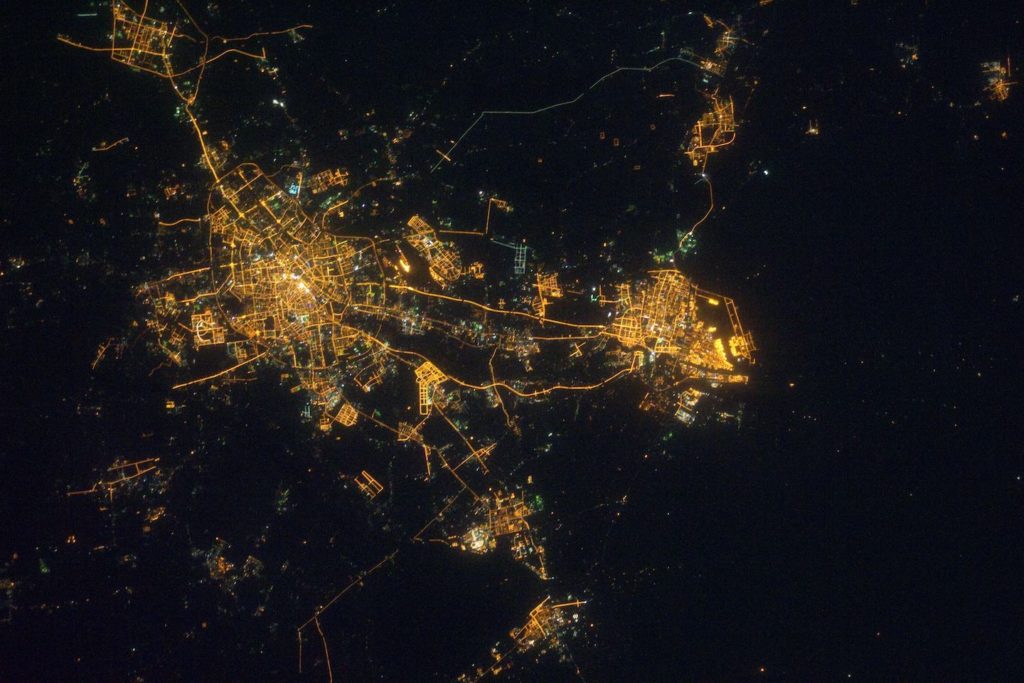Questioning futures, the landscape, and the blogosphere

Futures take time to manifest, and for the readers of Insight Design (this blog), they may not want to wait around for that process to complete. If the landscape is appetising, feel free to gain knowledge upon knowledge, either through the WXV programme, or its knowledge graph.
As far as the blogosphere is concerned, this is where the most exciting part of blogging happens; the entire networking effect of this microcosmic array, on other blogospheres and their impact here, is another reason why futures scheduling is gratifying almost instantly.
However, blog per blog, is another way to look at futures; for the advanced reader, approaching this space with a closed, open, and hybrid appeal, is best, for time management purposes.




